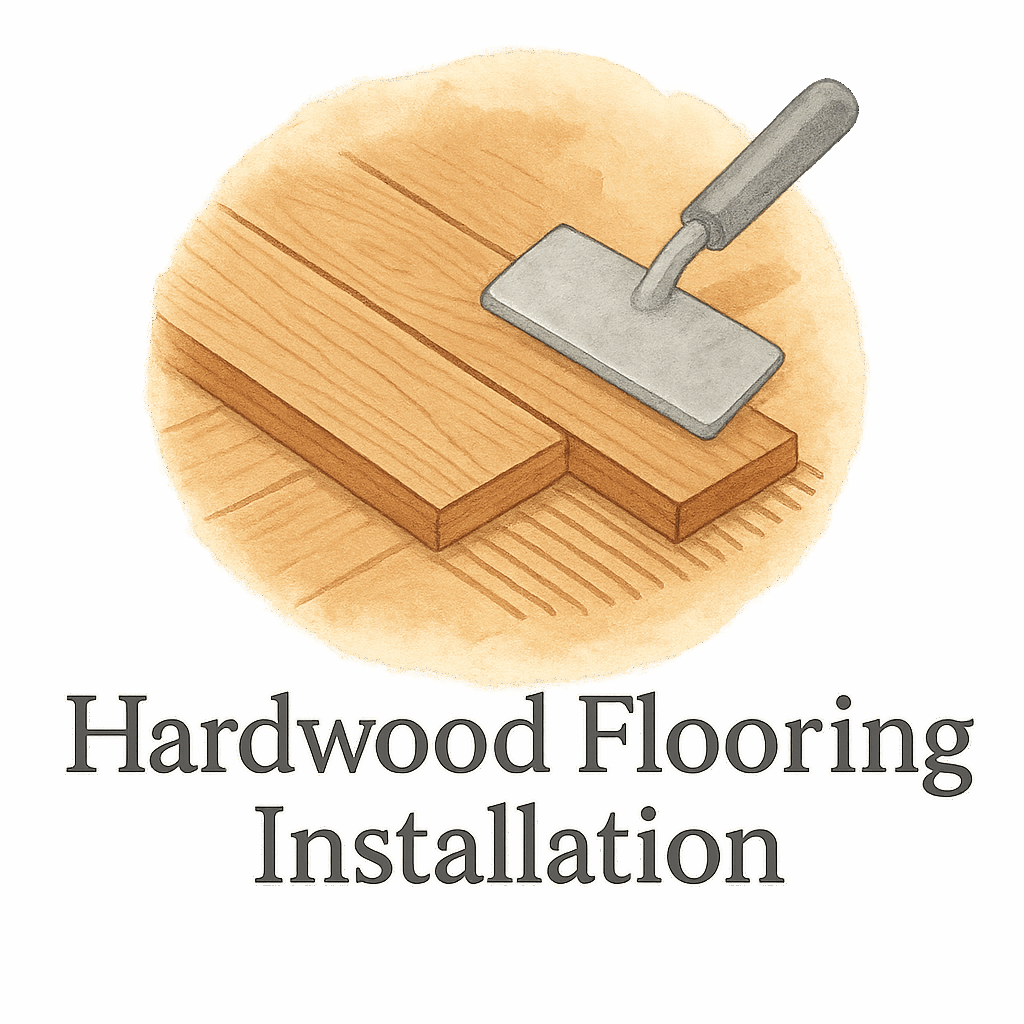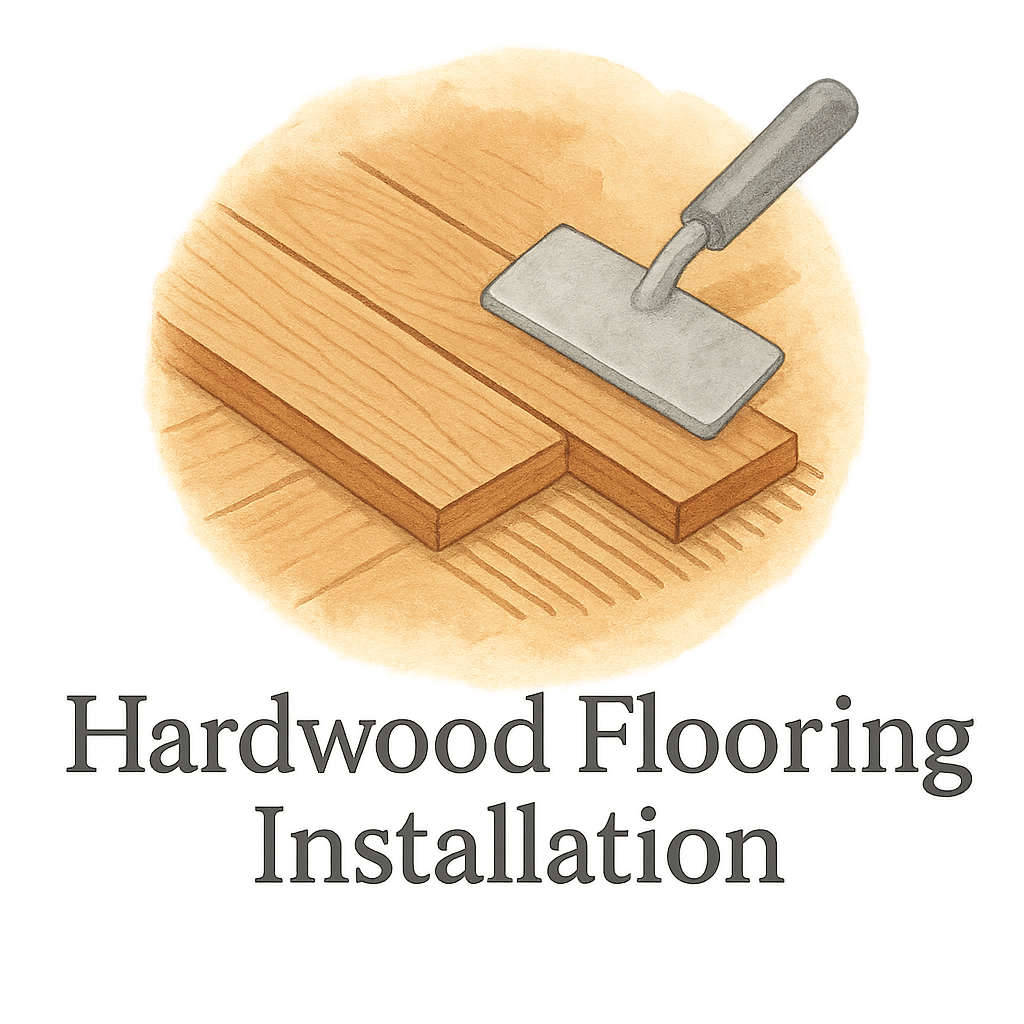Introduction: The True Cost Behind the Shine
Hardwood floors are undeniably stunning. But here’s a little secret no one tells you at the showroom: the price tag you see is rarely the price you pay. While the sleek finish and natural grain might capture your heart, hardwood flooring installation comes with a suitcase full of hidden costs.
Don’t panic—we’re not here to scare you off. We’re here to help you get ahead of these unexpected charges and plan like a pro. Ready to uncover the real cost behind that dreamy hardwood? Let’s break it down.
1. Subfloor Preparation Surprises
Why Subfloors Matter
Before a single plank touches your floor, the subfloor needs to be smooth, level, and moisture-free. If it’s not up to par, guess who pays to fix it?
Unexpected Repairs You May Encounter
Old homes often come with squeaky, uneven, or rotted subfloors. Repairing or replacing those can set you back hundreds—sometimes thousands—before the real hardwood work even begins. Learn more about this step in our detailed flooring preparation guide.
2. Demolition and Disposal Fees
Old Flooring Isn’t Free to Remove
Whether it’s carpet, vinyl, or laminate, getting rid of existing flooring takes time and muscle. Demolition labor can add $1 to $2 per square foot.
Waste Disposal Regulations
Many cities have rules about how you dispose of construction waste. Add in hauling, dumpster rentals, and landfill fees, and you’ve got a hefty little bill.
3. Moisture Barrier Costs
Hidden in Plain Sight
Think of a moisture barrier as insurance. It protects your investment from warping and mold. Sadly, it’s often not included in base quotes.
Why It’s Not Optional
Skipping this step? Risky move. Especially in humid or below-grade installations. Our post on flooring tools and materials covers the best options.

4. Underlayment Upgrades
It’s More Than Just Padding
Underlayment can make or break your hardwood feel. The basic stuff is thin, noisy, and cheap. Premium underlayments add comfort, noise reduction, and durability—but they cost more.
Choosing the Right Type
If your installer recommends an upgrade, chances are it’s for good reason. Just know it’ll cost extra. Our article on DIY flooring installation explains the best underlayment types for different use cases.
5. Acclimation Delays
Time is Money
Hardwood flooring needs time to adjust to your home’s temperature and humidity before installation. This process can take 3–7 days.
Storage Can Add Up
If you’re not ready to start right away, storing those heavy boxes safely can come with rental or delivery fees.
6. Custom Layout Designs
Herringbone, Chevron, and Labor Costs
Want something fancier than a straight layout? Think again. Custom patterns like herringbone require meticulous cuts and precise measurements.
Design = Dollars
The more intricate the design, the more it’ll cost. Expect to pay $2–$5 more per square foot for labor. Learn more about these options in our tag on patterns.
7. Staircase and Trim Work
Details That Cost Extra
Stairs, baseboards, quarter rounds—these aren’t always included in flooring estimates.
Labor Intensive and Precision Based
These touches take time, skill, and money. Most contractors charge extra for stair nosings and trim installation. Need tips? Visit our guide tag.
8. Unexpected Material Waste
Buying More Than You Need
To account for cutting, breakage, and defects, most pros recommend purchasing 10–15% more material than the room’s square footage.
Cutting Losses (Literally)
Those angled cuts for corners and transitions? They eat up perfectly good planks. Learn more in our post on flooring cost and time estimation.
9. Contractor Minimum Charges
Small Jobs, Big Fees
Even if you only need a small area done, many contractors have a minimum job fee.
Hourly vs Per Square Foot Rates
Make sure you understand how your contractor bills. It might be cheaper to combine multiple flooring projects into one visit.
10. Permits and Local Regulations
Not All Areas Are DIY Friendly
In some cities, installing hardwood floors—even in your own home—requires a permit.
Fees and Inspections Add Up
Some municipalities require inspections before and after. And guess who pays for them? (Spoiler: you.) Check out our planning tag for more advice.
11. Post-Installation Cleanup
Dust, Debris, and Dumpsters
Installation can leave behind a mess. If cleanup isn’t included in your quote, you might be paying another few hundred bucks to tidy up.
Who’s Responsible?
Some contractors include cleanup, others don’t. Ask in advance and factor it into your cost.
12. Ongoing Maintenance Expectations
Hidden Future Costs
Scratches, dents, and water damage happen. Maintenance like buffing, refinishing, or replacing planks adds to the total cost of ownership.
Repairs, Cleaning, and Longevity
You’ll want to use specialized products and maybe hire pros. Browse our flooring maintenance and repair section or explore cleaning tips to keep your floor pristine.
How to Budget Smart for Hardwood Flooring Installation
So how do you prepare? Use a flooring quote calculator, plan for a 15–20% cushion in your budget, and don’t forget those sneaky extras. Need help budgeting? Check out our quotes and mistakes pages to avoid costly errors.
Conclusion: No More Surprises
Hardwood flooring installation isn’t just a home upgrade—it’s an investment. And like any investment, it pays to go in with your eyes wide open. By understanding these 12 hidden costs, you can avoid sticker shock and enjoy the beauty of hardwood flooring without financial regret.
Need more help? Dive into our full library at Flooring Contractor Plan of BS for pro tips, product guides, and expert advice.
FAQs
1. Is hardwood flooring installation worth the extra costs?
Absolutely, especially for increasing home value and aesthetic appeal—but it’s critical to budget for the hidden costs we discussed.
2. Can I avoid subfloor prep charges by DIY-ing it?
If you’re experienced and careful, yes. But mistakes can cost more in the long run. Check out our DIY resources before attempting it.
3. What’s the best underlayment for hardwood floors?
Depends on your needs. Soundproofing? Moisture control? Head over to our flooring tools and materials page for help.
4. How long does acclimation take before hardwood installation?
Usually 3–7 days. Don’t skip this! It helps avoid warping or shrinkage.
5. What’s the average cost per square foot including hidden fees?
Typically $10–$15 per square foot when you include all the extra charges.
6. Should I do custom layouts like herringbone or keep it simple?
If your budget allows, go for it! Just know it’ll cost more in labor and materials. See our layout tag.
7. How do I choose a reliable flooring contractor?
Ask for references, check reviews, and compare quotes. Our install tag is a great place to start.


